For those not sure what I am talking about, here is a photo I took this morning (in McCarthy Woods) of two trout lilies (Erythronium americanum) growing side-by-side that have different anther colours (red versus yellow).
I dug the soil at the bottom to see if the plants are connected by the same root system or not. I didn't find out but I think they may have developed from separate corms but could still be clones of each other.
Within-species variation in anther colour exists in several Erythronium and other plant species (due to genetic mutation), but the maintenance of this mutation in the wild and the ecological significance of this variation remains a mystery. For instance, does anther colour vary geographically, and do pollinators and herbivores prefer to visit anther with certain colours?
To address these fascinating research questions (and more), allow me to introduce my friend who is currently undertaking this project. Here she is photographing a bee (I think). She has created a website specifically for this project and welcomes people to help document anther colour variation in Eastern North America. To participate in this citizen science project, please visit https://troutlilysurvey.wordpress.com/.
Yesterday we visited Gatineau Park to do a quick survey and found there were more trout lilies with red than yellow anther.
A herbivore commonly found on trout lilies is the pollen-eating Red-necked False Blister Beetle (Asclera ruficollis), hence a good reason to see if the beetle prefers to visit flowers of a certain anther colour. Here is a beetle on a flower with red anthers.
While the beetle was going for the nectar, an Halictidae bee also came for a visit.
We also spent a lot of time enjoying the nice weather and checking out various organisms.
Syrphid fly
Mourning Cloak butterfly (Nymphalis antiopa)
This butterfly was more interesting in warming up than being bothered by me inching closer and closer.
Gorgeous colours in these Hepatica flowers (Anemone sp.).
I am getting more and more confused about the leaf differences between A. americana (round-lobed) and A acutiloba (sharp-lobed). Now, I think most of the ones I saw were A. americana.
Dutchman's Breeches (Dicentra cucullaria), which has a yellow "waistband" not present in the related squirrel-corn (D. canadensis).
Early Saxifrage (Micranthes virginiensis)
Bloodroot (Sanguinaria canadensis) - one of my favourite flowers.
The out of focus petals create a dream-like image. My friend noticed shimmering on the inner part of the petals and wondered what is the significance of it. That is what happens when you go outside and botanizing with fellow plant geeks.
An Halictidae resting on bloodroot petal.
My friend was hoping to establish a study site (for pollinator and herbivore observations) in Gatineau Park if the proportion of red to yellow anther is fairly similar. However, she decided to do the observations at McCarthy Woods because I remembered seeing red and yellow anther colours there. This morning, we met at McCarthy Woods and began setting up the pollinator observation arrays. Here are some of my photos during the three hours where I recorded all the pollinator activities in the arrays.
Trout Lilies (Research array #2 - red anther).
Andrena bee visiting trout lilies (Research array #1 - yellow anther).
Trout Lilies (Research array #3 - yellow anther).
Trout Lilies (Research array #4 - red anther).
Halictidae bee resting on red anther (Research array #4 - red anther).
Osmia bee (if I remembered correctly) collecting pollen (Research array #4 - red anther).
I noticed a couple Zebra jumpers (Salticus scenicus) in the array and wondered if they were there to catch pollinators.
Adorable!
There were many moments when no pollinator was around, so my attention wondered off elsewhere. For example, there was this Sharp-shinned Hawk (Accipiter striatus) in the distance looking at me (a cropped image photographed with my macro lens).
There is a hawk-in-flight moment in this photo, do you see it?
An 100% cropped image of the above photo. This shows how sharp the macro lens is, especially because this crop is not in the center of the photo.
After the pollinator observation ended, I stayed behind to take more pictures.
Bee (I forgot which one) on trout lily.
I love my macro lens.
Trout lily with yellow anther.
Trout lily with red anther.
Carolina Spring Beauty (Claytonia caroliniana)
Red trillium (Trillium erectum)
N. antiopa
Eastern Comma (Polygonia comma) on ironwood (Ostrya virginiana). I quite like the bokeh from this macro lens.
I found this useful webpage comparing differences between question mark and eastern comma butterflies.
Beautiful comma.
What a great way to finish the month of April. Another month and I will be in Colorado working on my own research. Yippee!
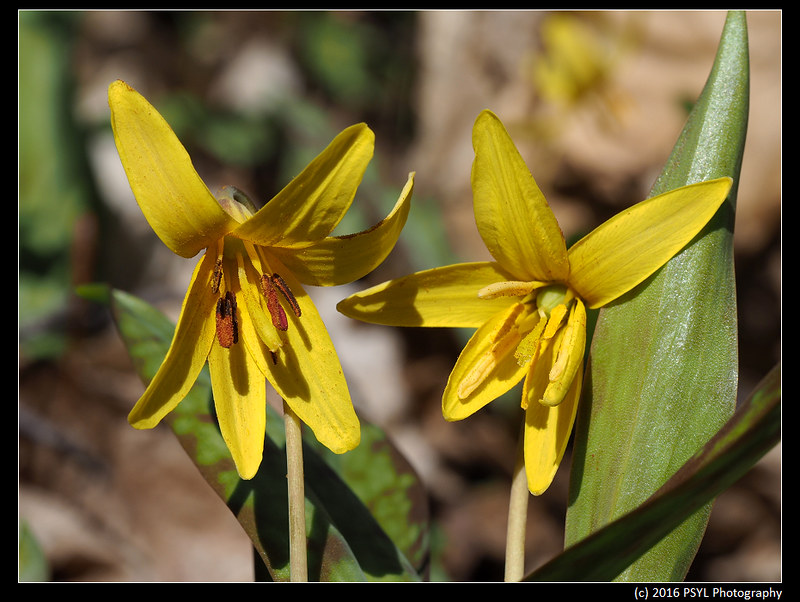
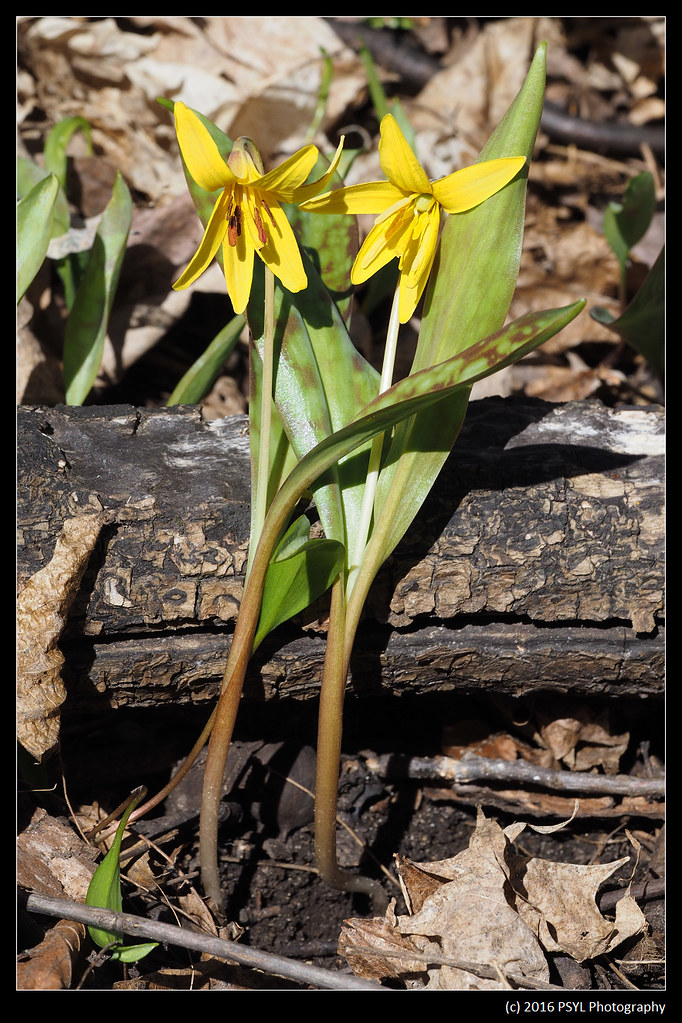
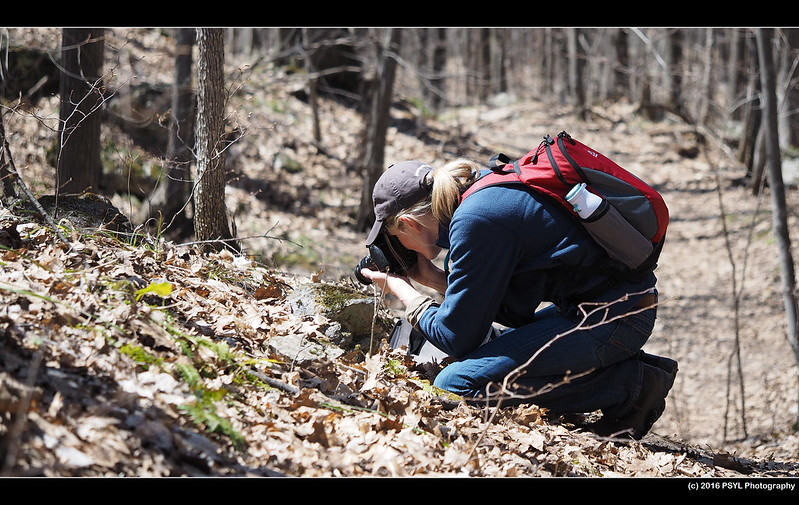
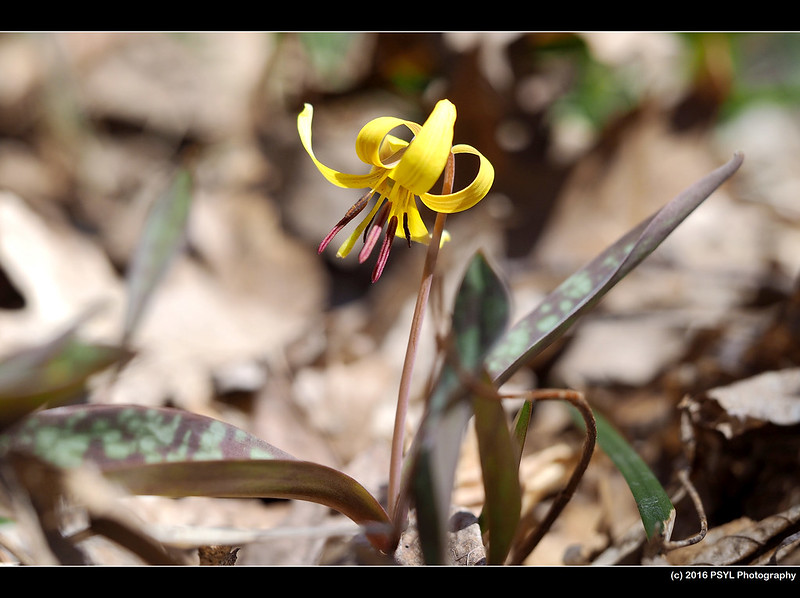
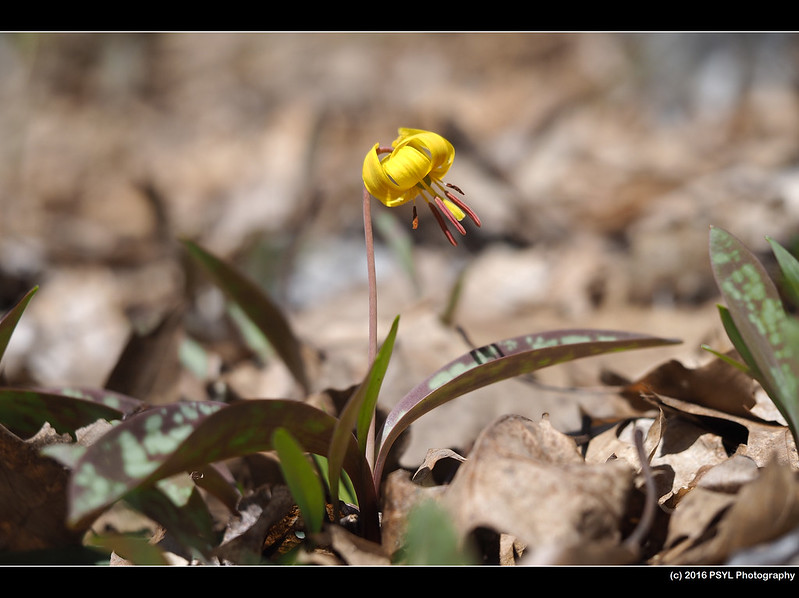
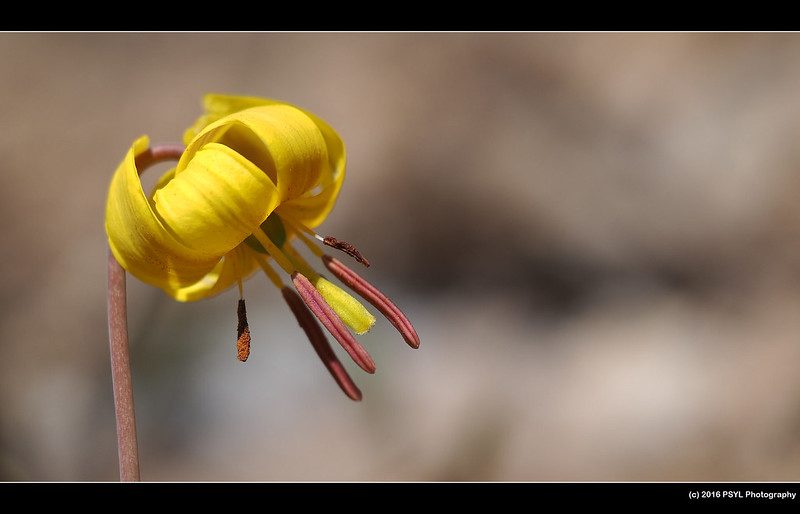
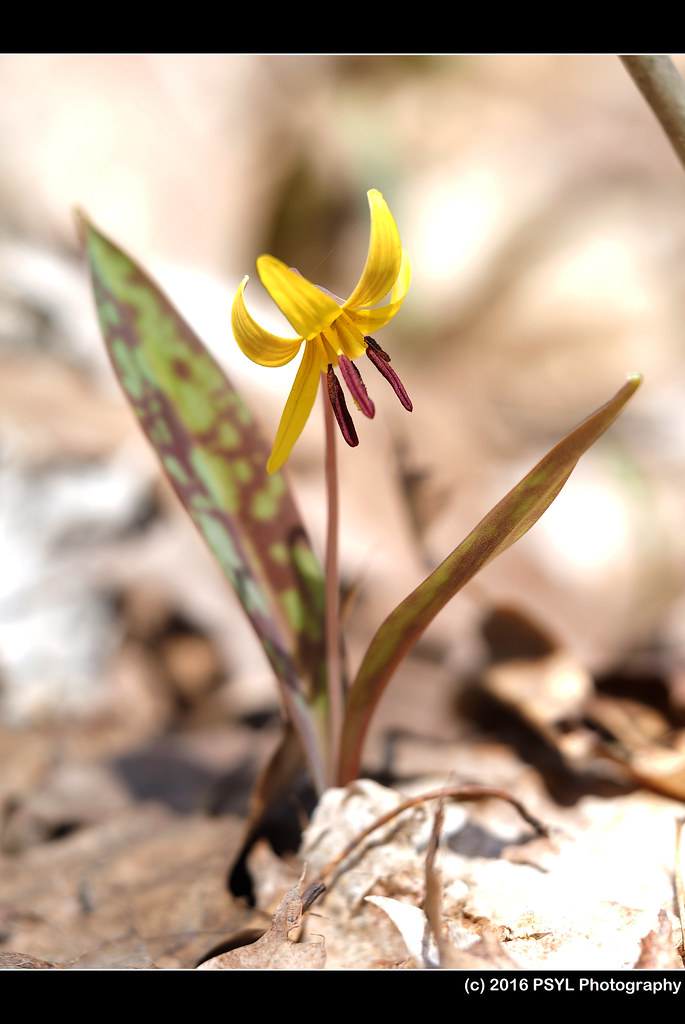
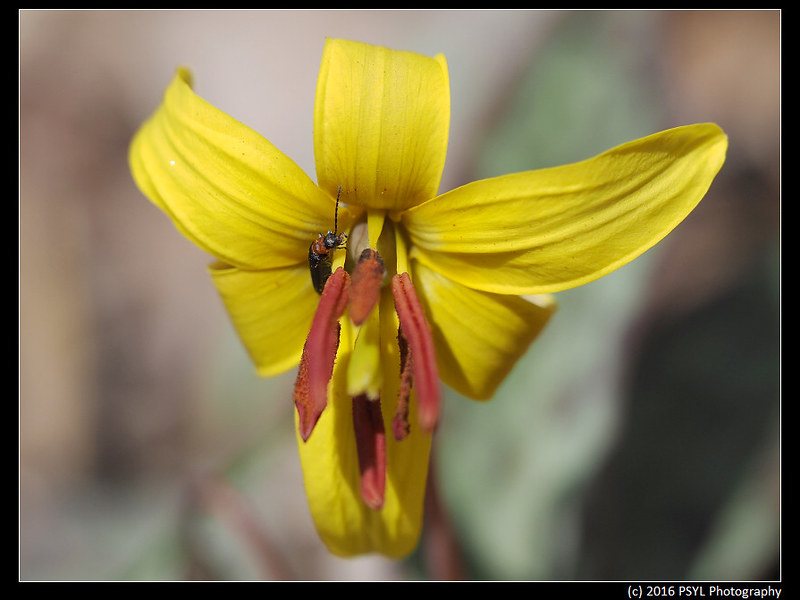
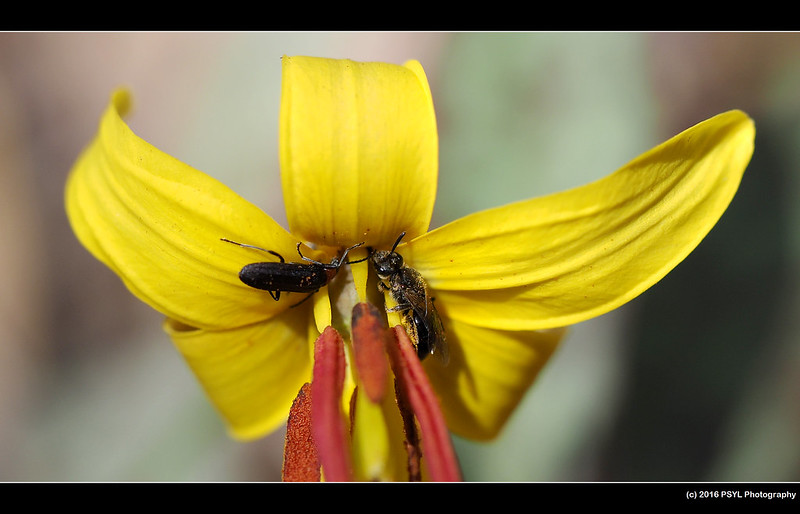
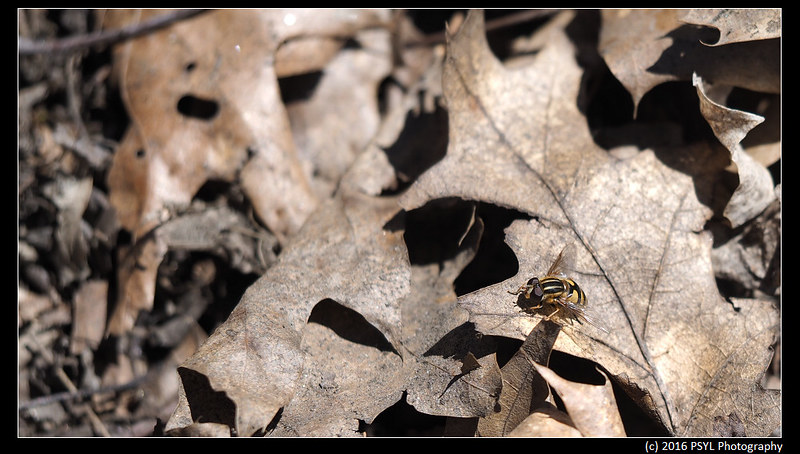
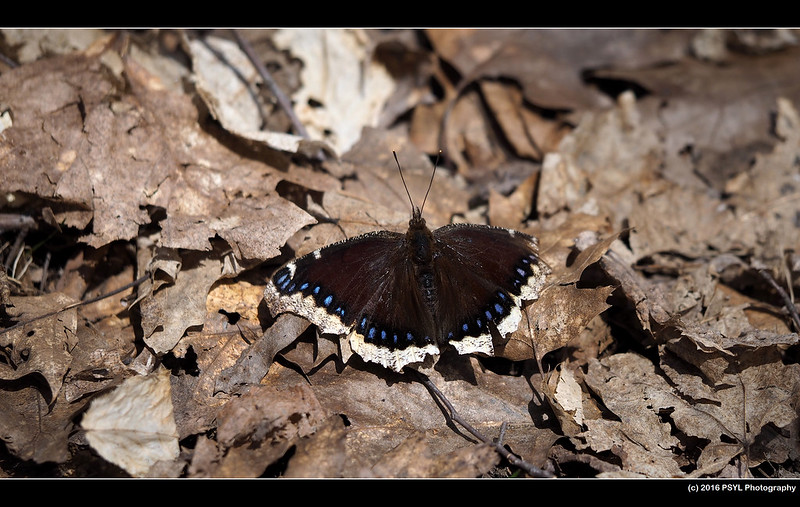

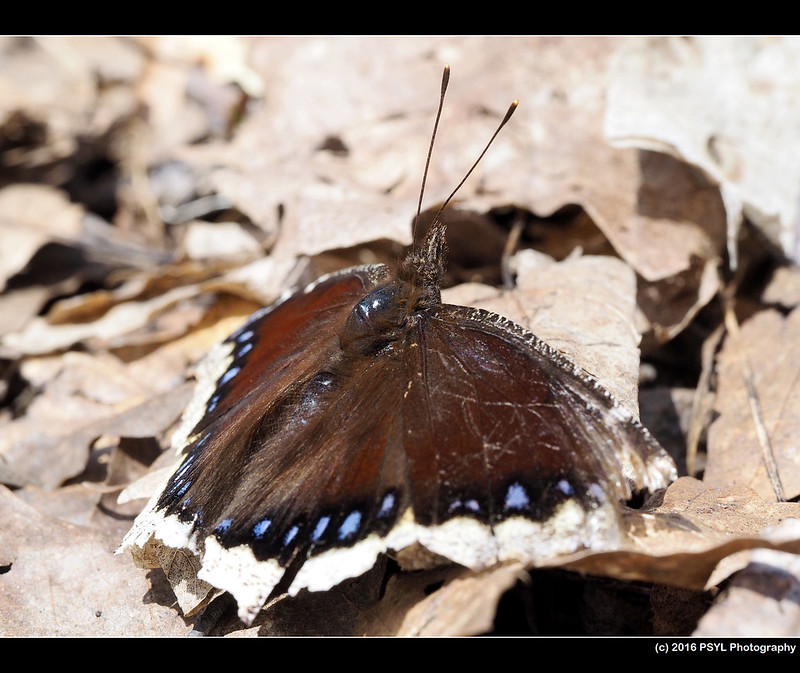
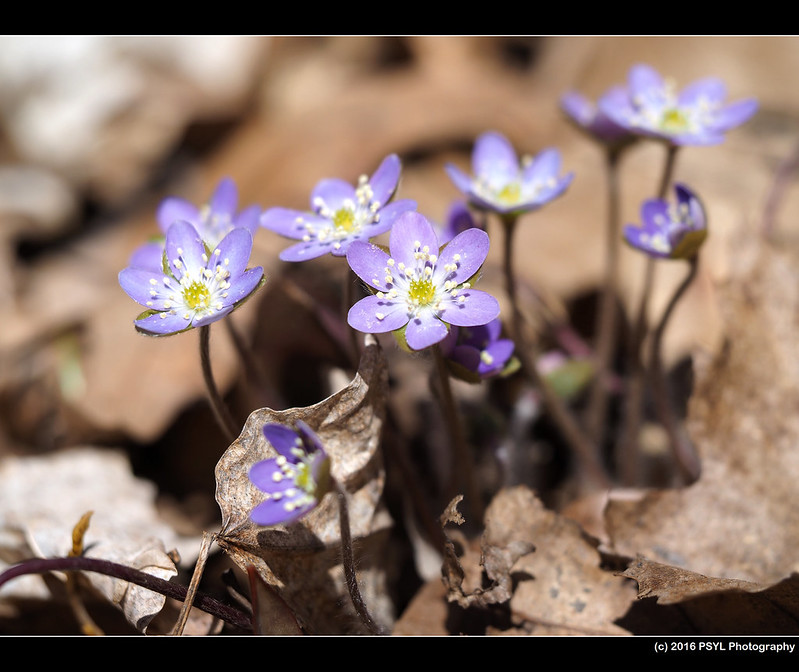
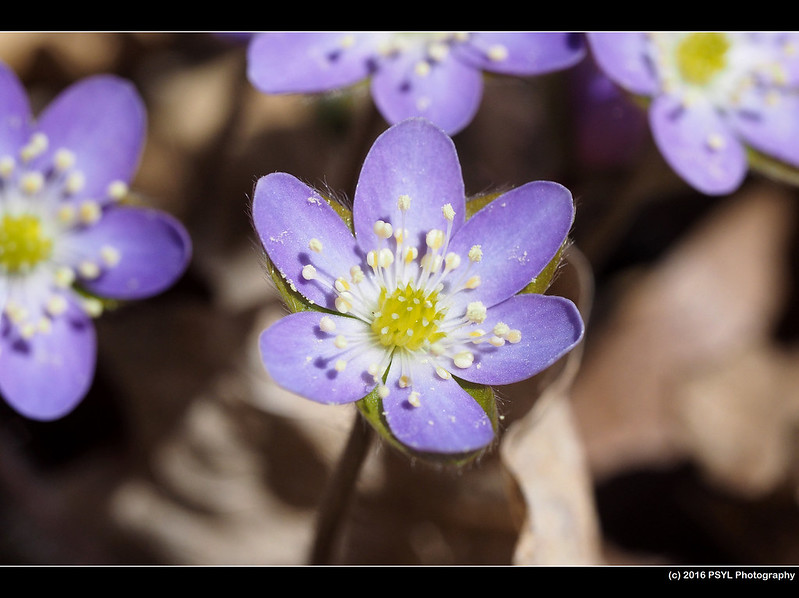

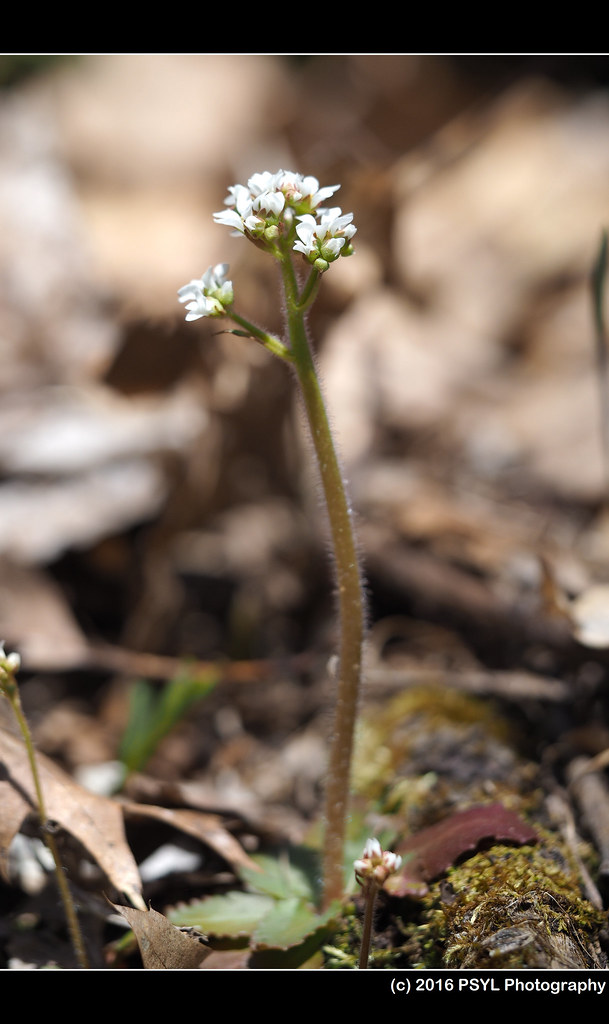
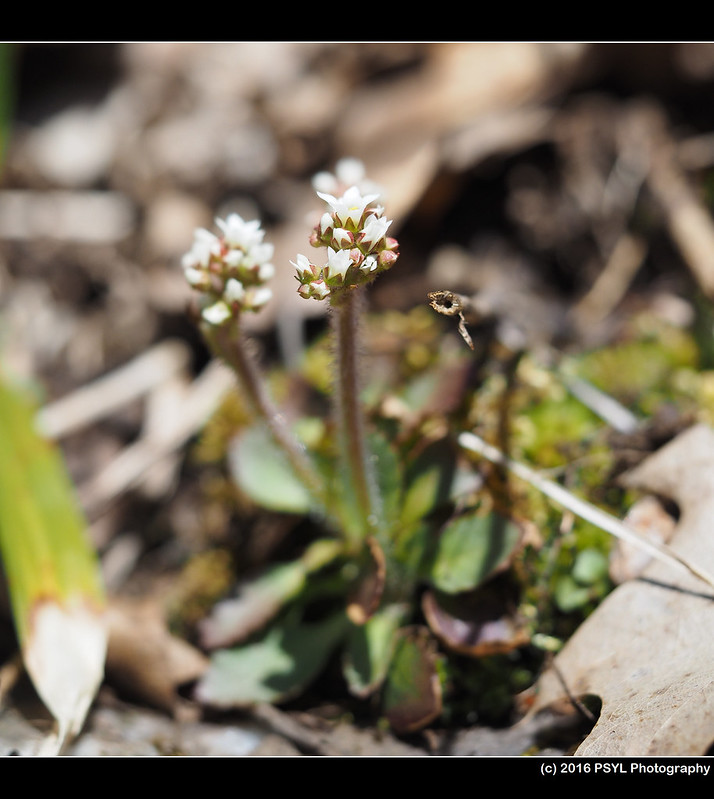
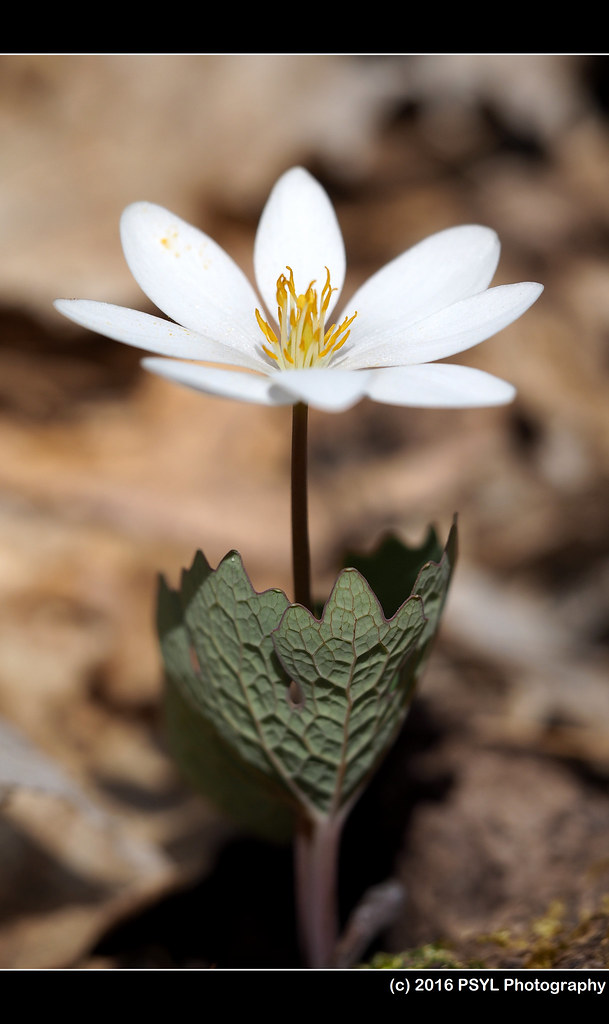
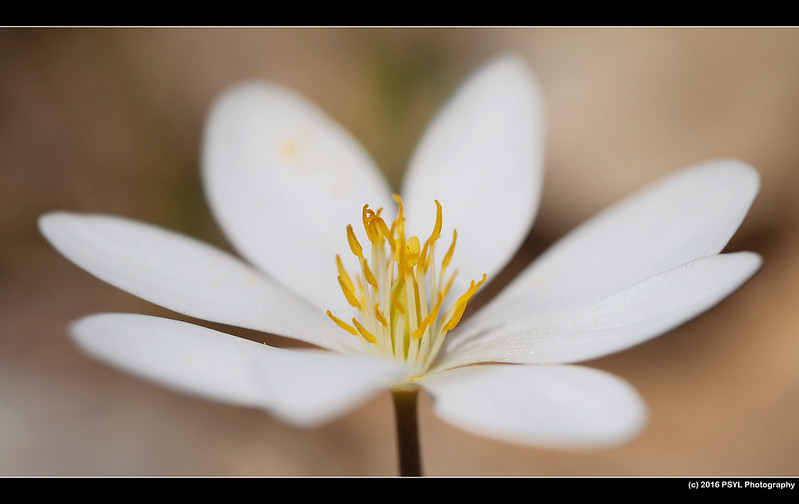

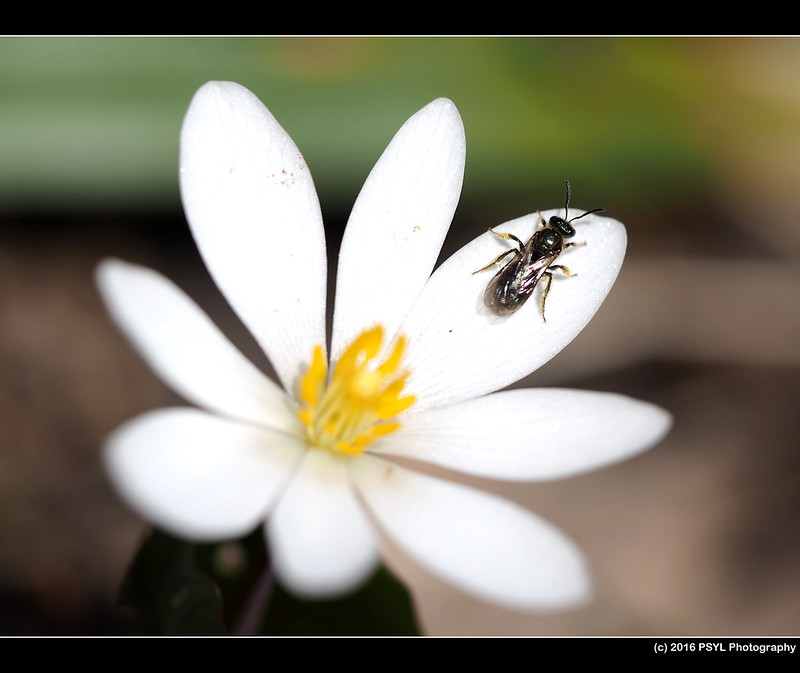
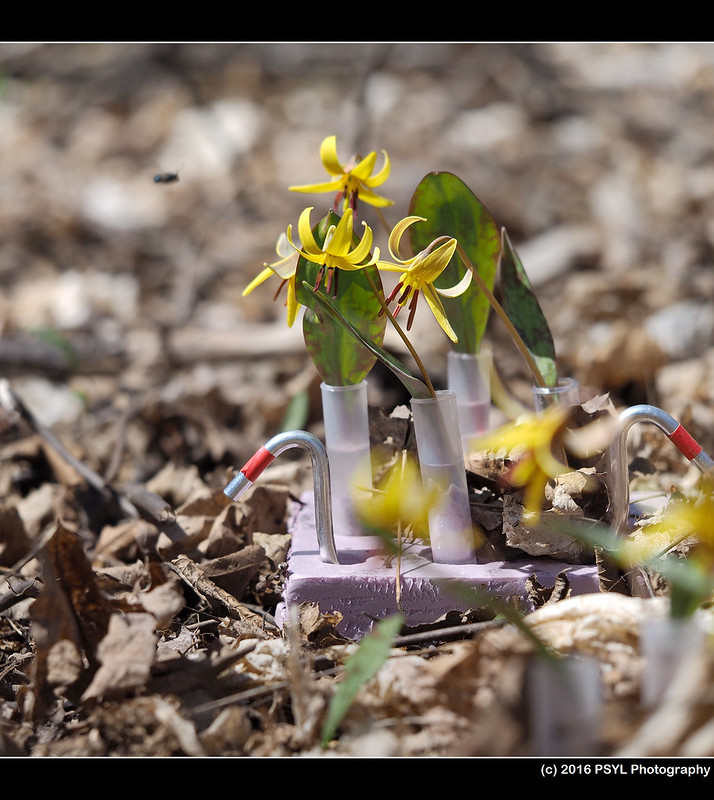
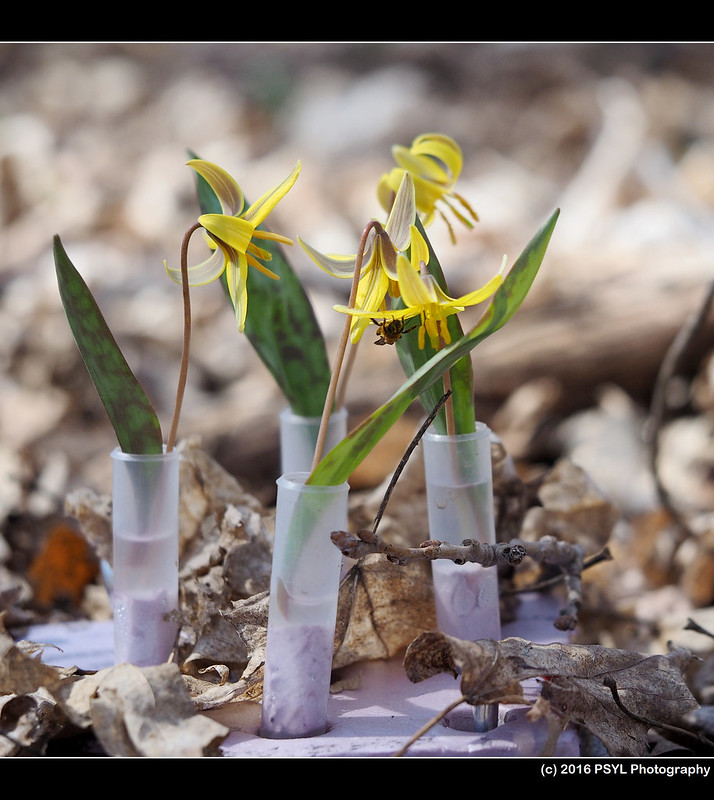


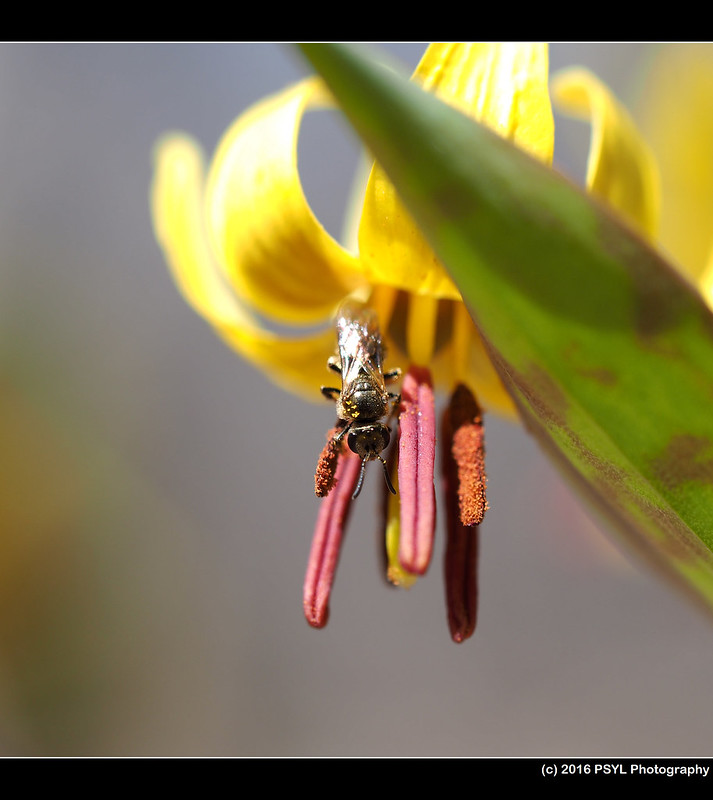
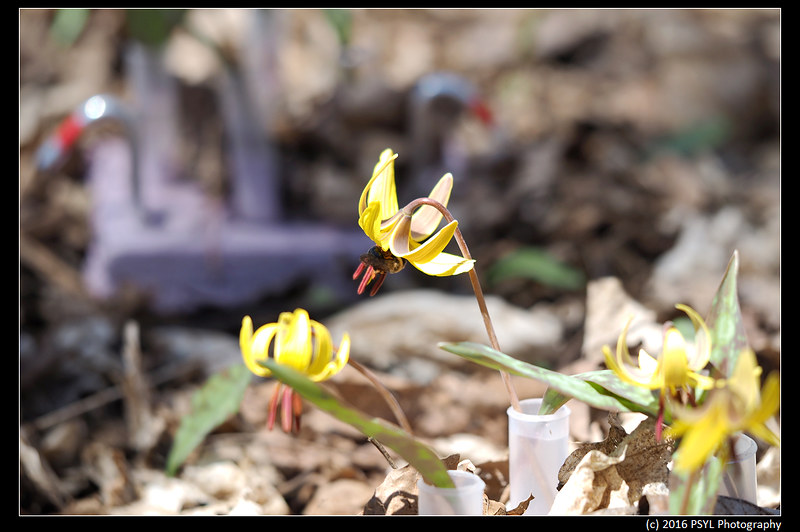
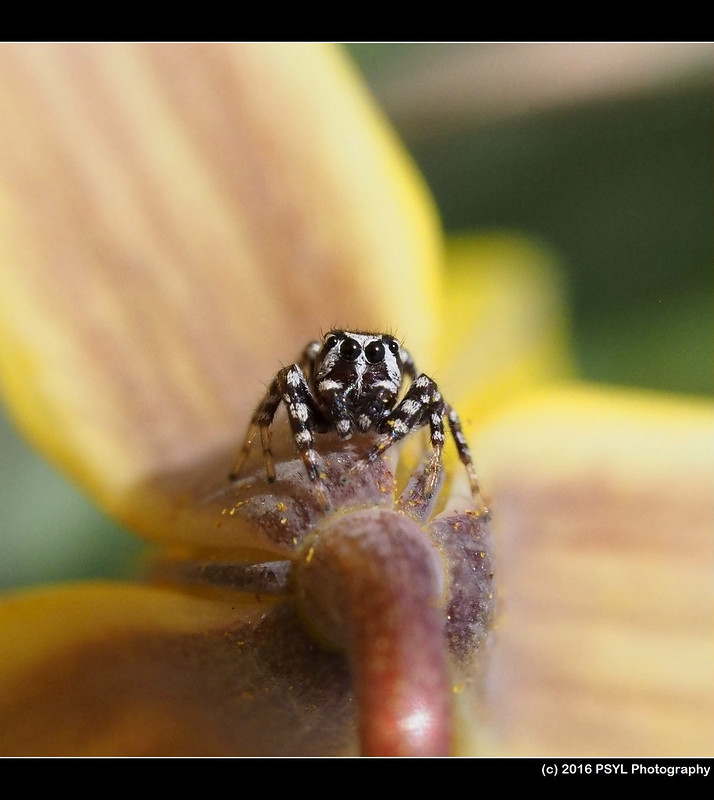
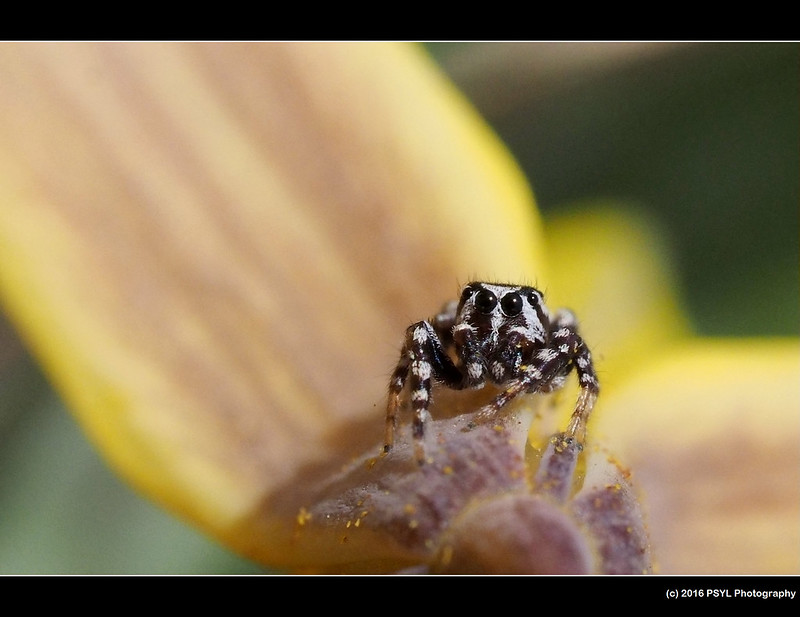


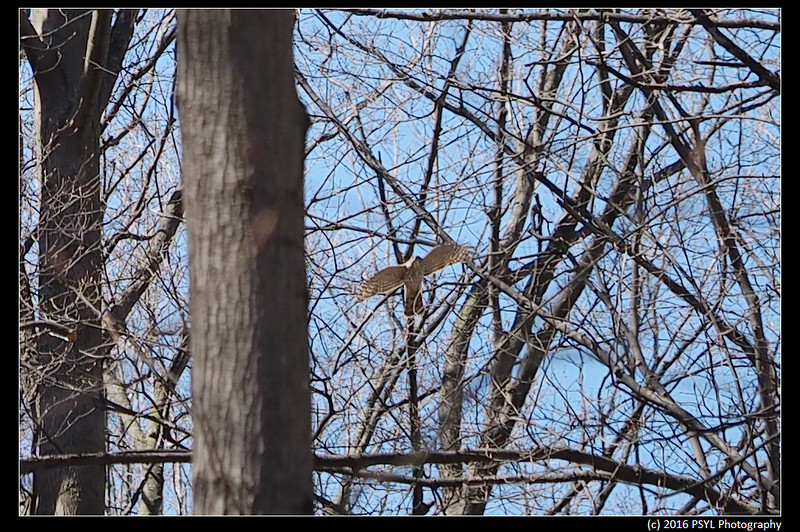
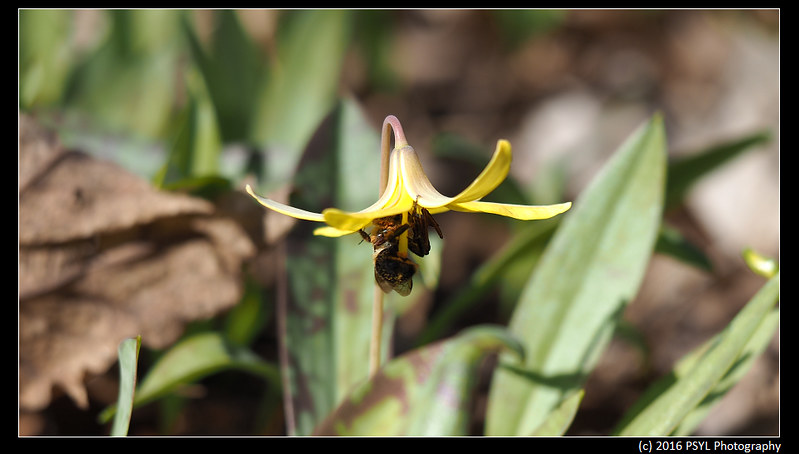

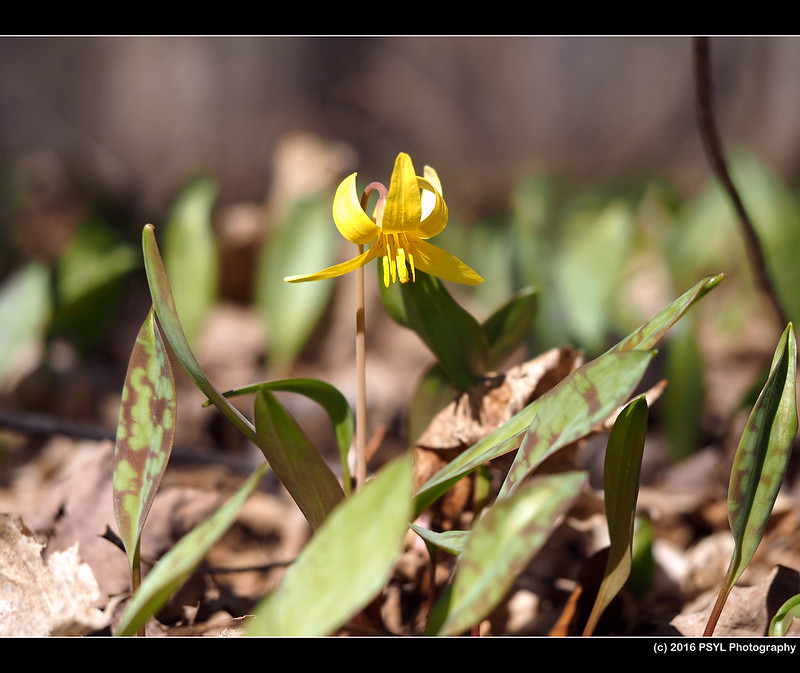
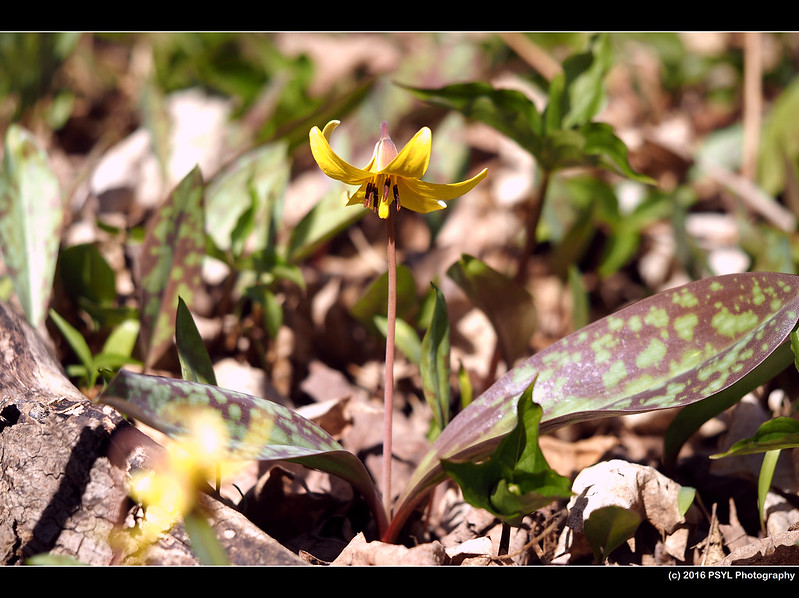

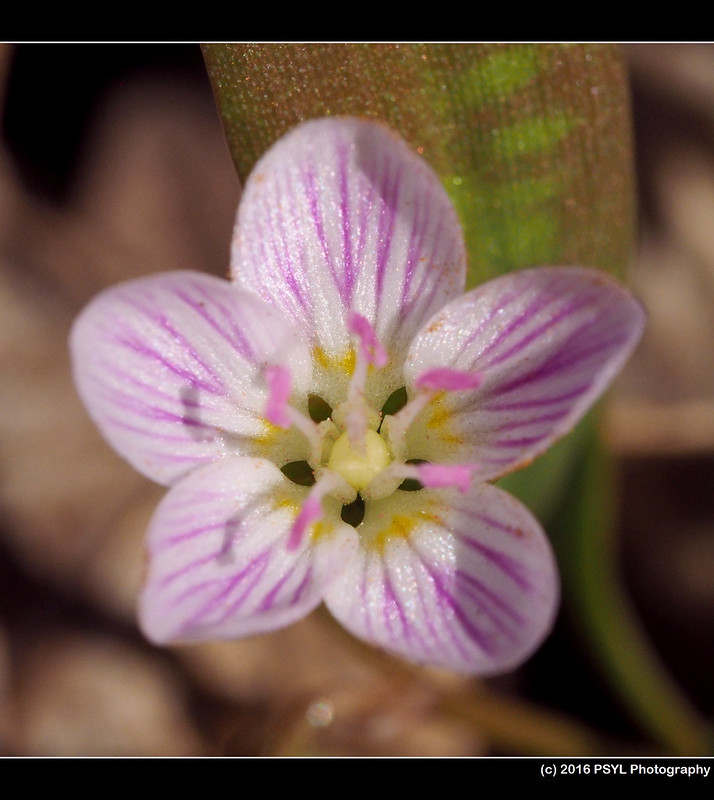
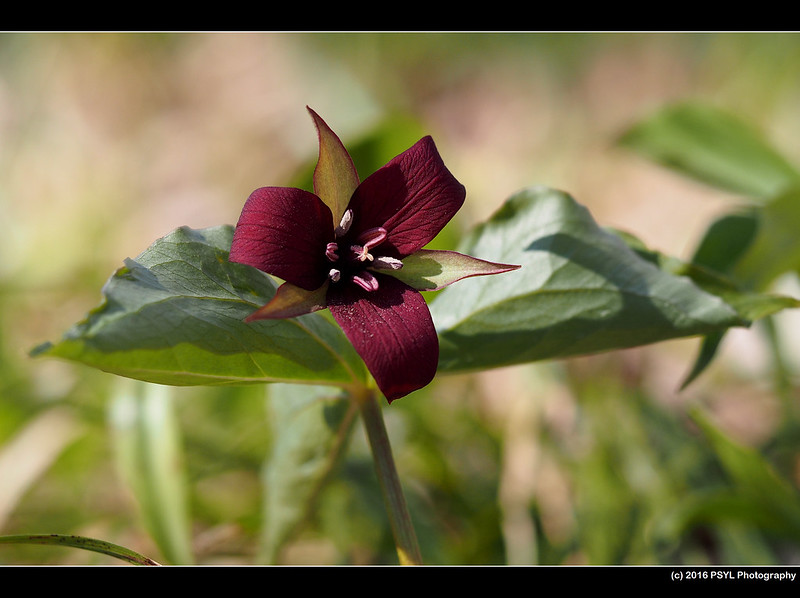

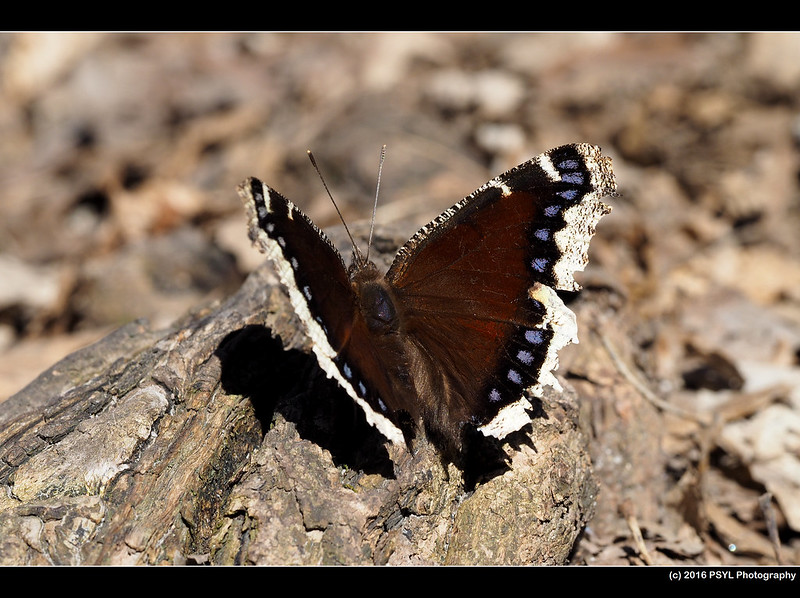

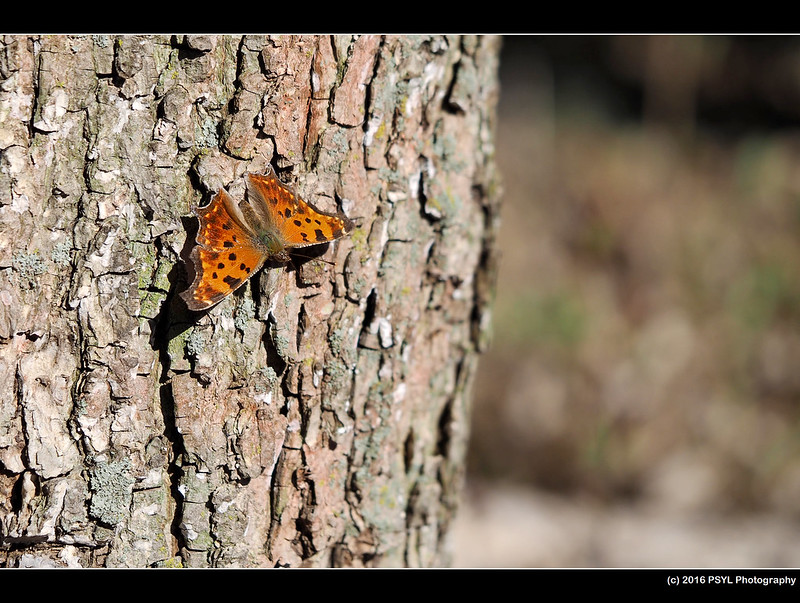
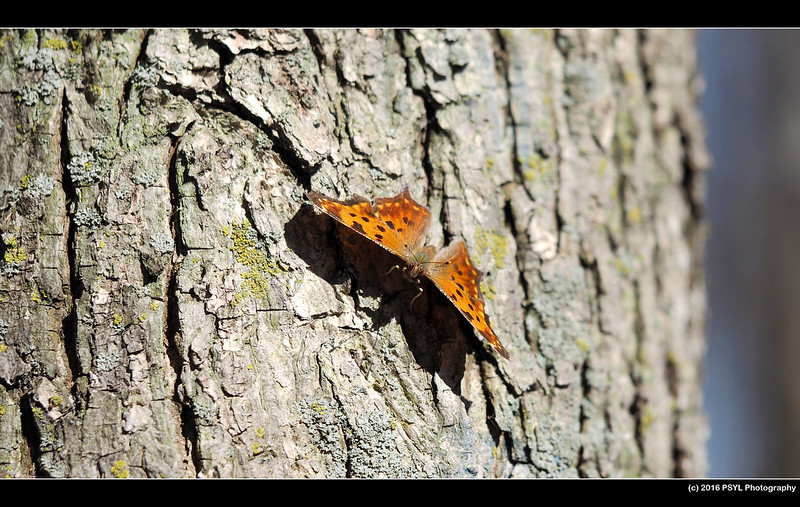
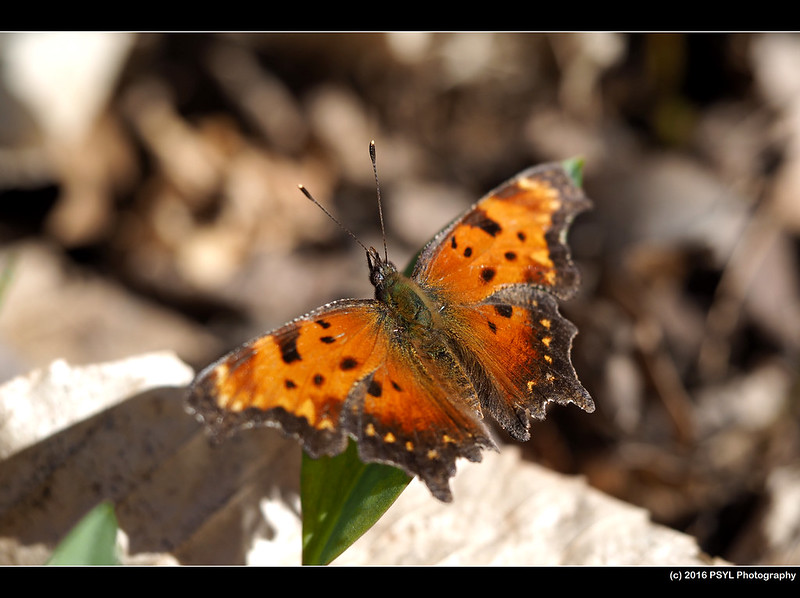
2 comments:
My initial thought on the colours of anthers was how old the flower was, but as I scrolled down, and saw your experiment setup, I think that would disprove my theory (you would've seen the colour change during the course of the experiment). My second guess is genetics...clearly, the soil properties are unlikely as one of your photos has two different colours growing from what is effectively the same soil.
The timing of the anther dehiscing is only two days, so not enough time to change colour.
From one of the project's webpages (https://troutlilysurvey.wordpress.com/f-a-q-s/pollen-colour-v-anther-colour/): "Three of the anthers dehisce (reveal their pollen) on the first day of flower opening, while the other three wait until the second day. Presumably, this reduces the probability that a single pollinator will remove all of the flower’s pollen in a single go."
Questions remain about what effects this variation has on the interacting species (pollinators and herbivores) and on the plant itself (how the plants reproduce). All of which will be examined in this cool project.
Post a Comment